Showing all 23 results
-
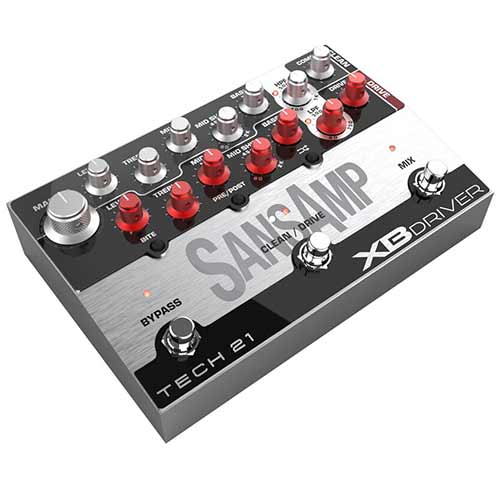
Tech 21 SansAmp XB Driver
€ 699 Add to cart -
-13%
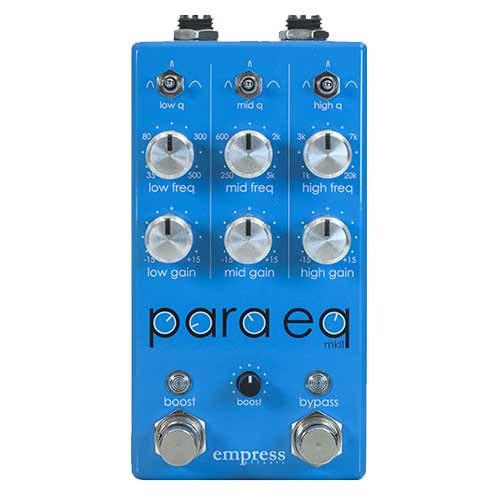
Empress Effects ParaEq MKII
€ 279 Add to cart -
-5%
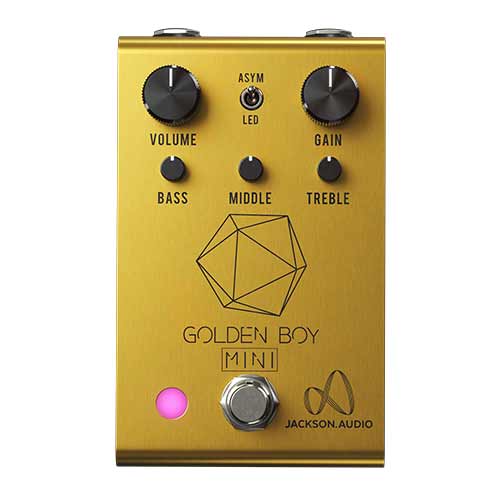
Jackson Audio Golden Boy Mini (B-Stock)
€ 209 Add to cart -
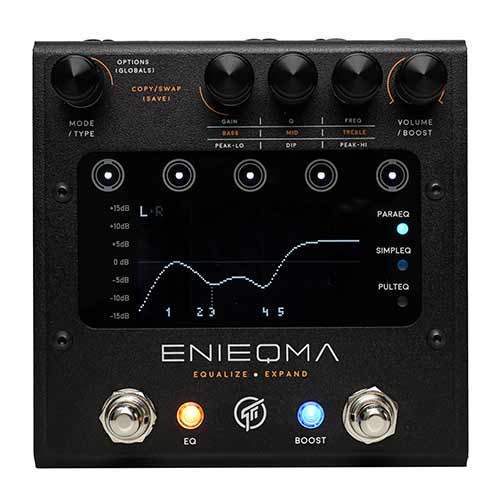
GFI System Enieqma
€ 499 Add to cart -

Jackson Audio Golden Boy Mini
€ 219 Select options -
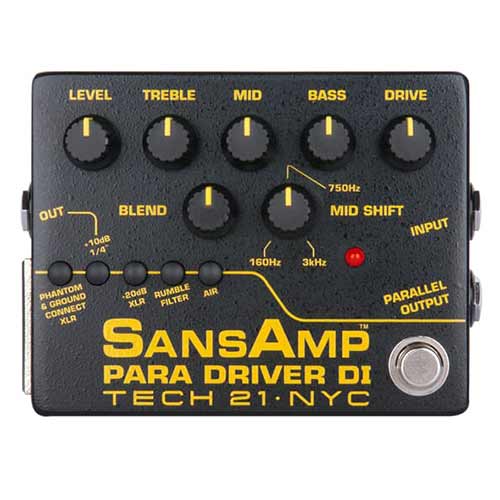
Tech 21 SansAmp Para Driver DI V2
€ 315 Add to cart -
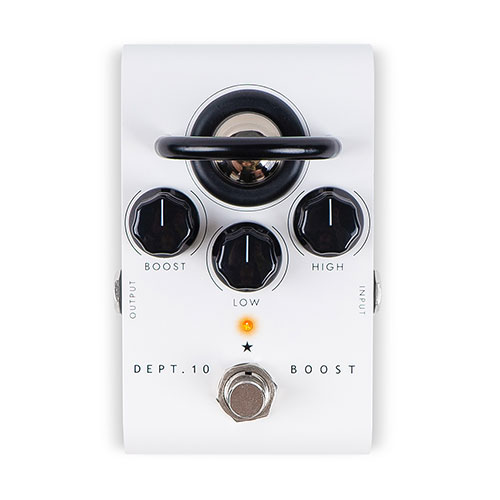
Blackstar DEPT.10 Boost
€ 169 Add to cart -

Hamstead Zenith Amplitude Controller
€ 339 Add to cart -
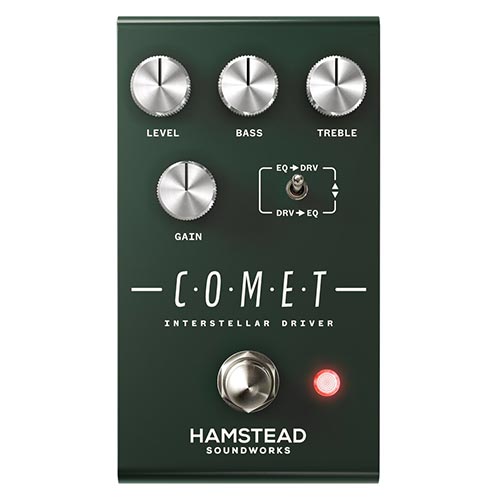
Hamstead Comet Interstellar Driver
€ 229 Add to cart -
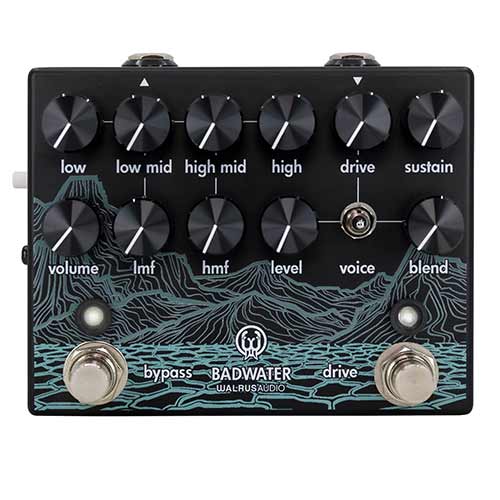
Walrus Audio Badwater
€ 329 Add to cart -
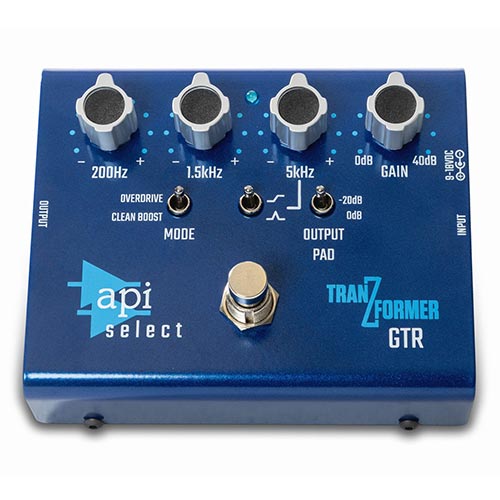
Api Select Transformer GTR
€ 409 Add to cart -
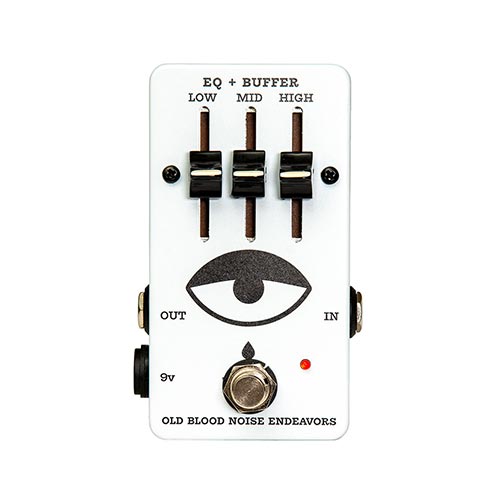
Old Blood Noise Endeavors 3 Band EQ Buffer
€ 139 Add to cart -
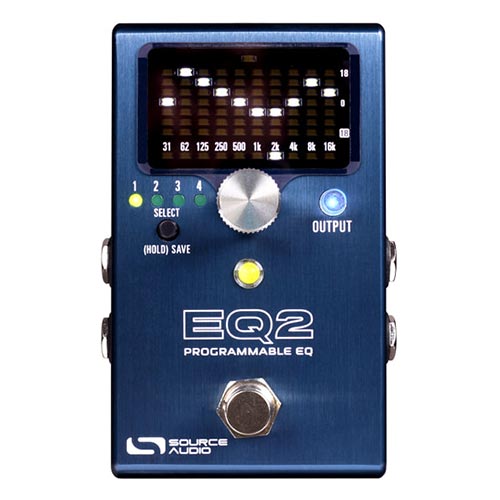
Source Audio EQ2 Programmable Equalizer
€ 349 Add to cart -
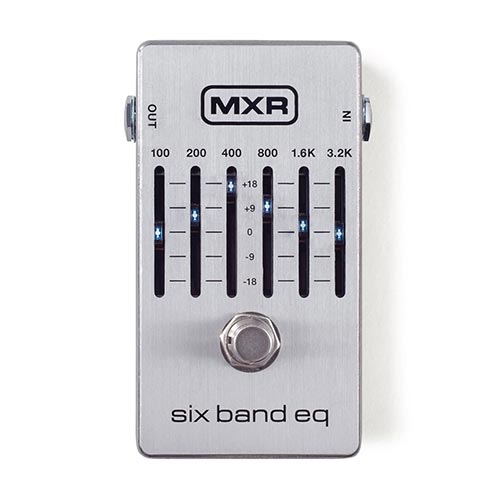
MXR Six Band EQ
€ 165 Add to cart -
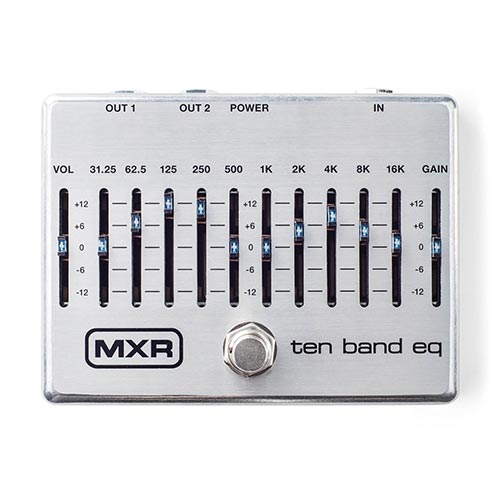
MXR Ten Band EQ
€ 229 Add to cart -
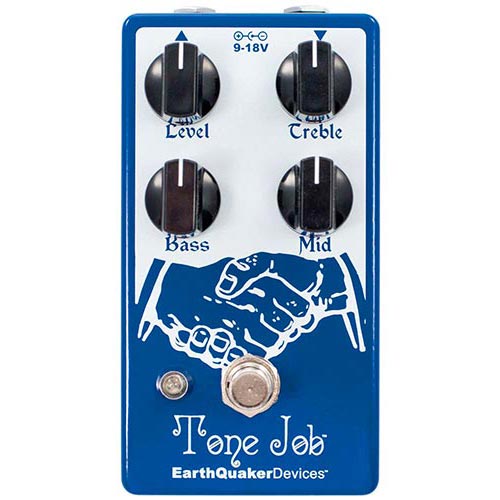
Earthquaker Devices Tone Job V2
€ 189 Add to cart -
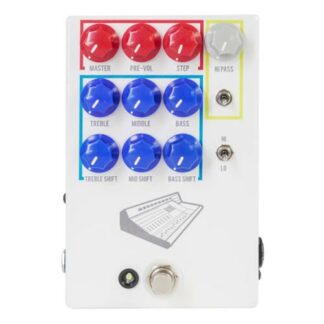
JHS Colour Box V2
€ 499 Add to cart -
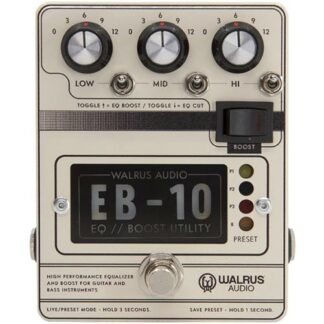
Walrus Audio EB-10
€ 225 Select options -
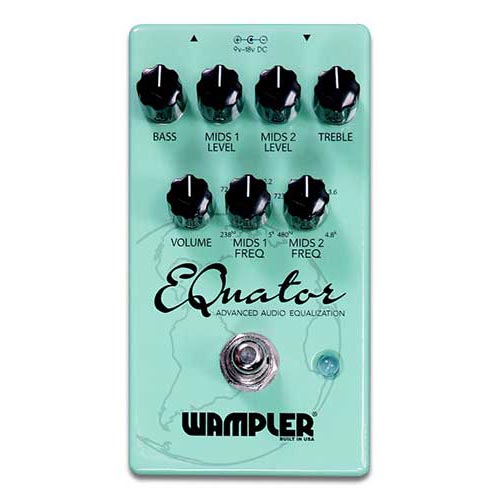
Wampler EQuator
€ 215 Add to cart -
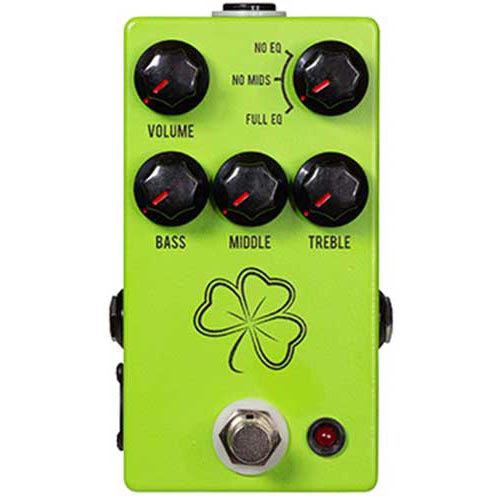
JHS The Clover
€ 229 Add to cart -
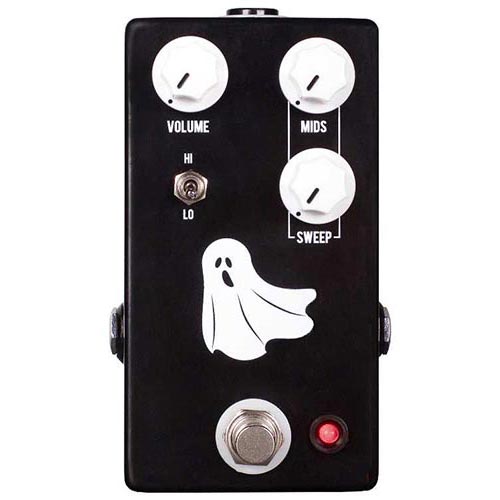
JHS Haunting Mids
€ 169 Add to cart -
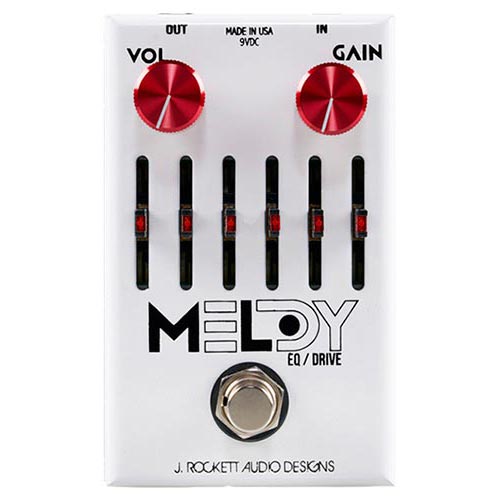
J Rockett The Melody Overdrive
€ 229 Add to cart -
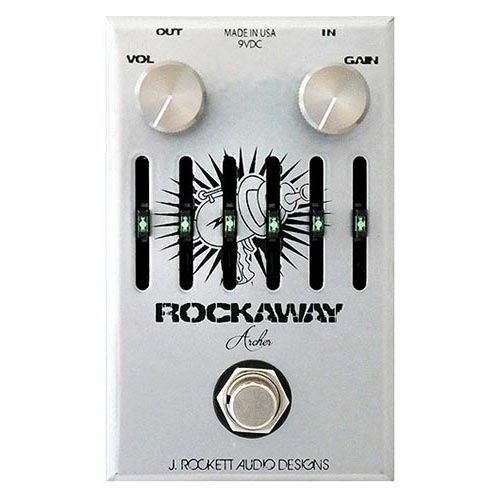
J Rockett Rockaway Archer
€ 269 Add to cart
Showing all 23 results
Equalizer pedal
Sound color of your signal
An Equalizer pedal adjusts the timbre of your guitar signal. There are two different types of EQ pedals: graphical and (semi)parametric. A graphic EQ pedal consists of a number of fixed frequency bands with which you can add or subtract volume with sliders. These bands have a fixed width and they are set to a fixed frequency. With the slider you only adjust the volume of a specific frequency band. With a (semi)parametric equalizer pedal you can not only adjust the volume, but also the frequency and/or the width of the band.
How to use an Equalizer pedal?
Depending on the place in your signal chain, an EQ has more or less influence on the timbre of your guitar. For example, place the EQ before an overdrive and you influence the ‘voicing’ of the overdrive. For more control over the sound of your overdrive, you can also put the EQ behind the overdrive. But you can also place the pedal in the effects loop of your amp.
What do famous guitarists do?
Well-known guitarists who place an EQ before an overdrive are Slash and Eddie Van Halen. This technique is a bit like that of a treble booster with which you can overdrive certain frequencies. The most famous guitarist who did that is Brian May.
